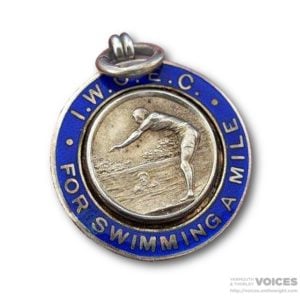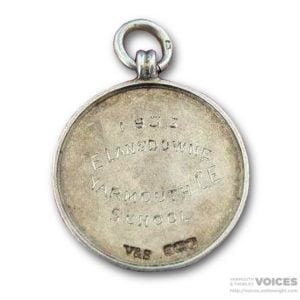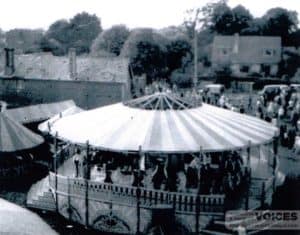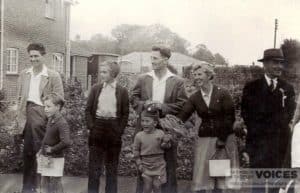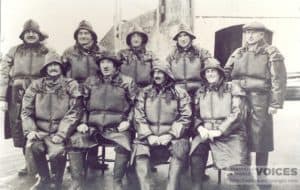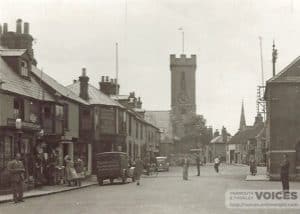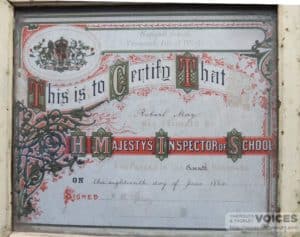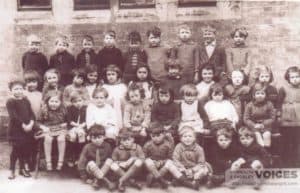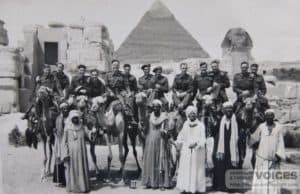We went swimming twice a week in the summer, from the end of May, supervised by Mrs Stanway and Miss White (who was later Mrs. H Hayles). According to tides, we went swimming at 11.30 in the morning or 3.30 in the afternoon. We used to nip back home to change and run down to Love Shore with a towel round us. No one taught us proper strokes, we just learnt to swim. In September we swam for our certificates – 20 yards, 40 yards, and 100 yards. In 1931 some of us swam a mile from Eastmore to the pier for which we received a medal – I’ve still got mine.
Reverse inscribed ‘Eileen Lansdowne 1931’
I only swam once in the competition against other schools. I hated it. The private schools had all been taught proper strokes – crawl – and we’d just learnt to swim along.
Eileen Smith nee Lansdowne b 1921


